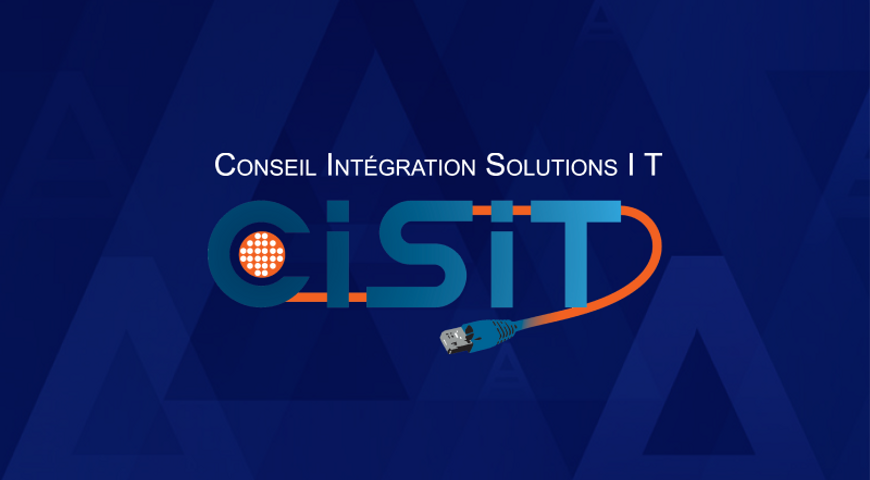
This is the forth and the last part of the course focusing on reports management. The first part can be found here Get Started, Authorization and Tenant Management: Acronis #CyberFit Developer Training Part I and the second here Management of Offering Items and Applications: Acronis #CyberFit Developer Training Part II, the third part here Optimizing UI/UX with Usage Information: Acronis #CyberFit Developer Training Part III.
The hands-on manuals, hands-on code, and presentations are for the full course.
Business Automation and account management training course is focused on the Acronis Cyber Platform Account Management API. It provides you the knowledge and hands-on experience you’ll need to successfully automate the provisioning of accounts, applications, offering items, quota management, user creation, and activation, as well as reports management and much more.
The training’s Hands-on Manuals
The training’s Hands-on Code
The training's presentation in PDF
Reports Management
Reports allow you to have detailed statistics of the usage of your services. All operations with the reports in the cloud platform are located under the /reports endpoint.
The reports use bytes and Management Console shows usages in gibibytes (GiB), which are 1024^3 bytes as measurement units for storage space.
The platform enforces the following rules for the reporting period
- Report period must not be in future
- If the tenant was renamed, the report will contain the latest name of the tenant within the provided period.
Create Report
To create a report, you need to call:
POST /reportsWith JSON build according to needed reports settings. A JSON example is below
{
"parameters": {
"kind": "usage_current",
"tenant_id": "{tenant_id}",
"level": "accounts",
"formats": [
"csv_v2_0"
]
},
"schedule": {
"type": "once"
},
"result_action": "save"
}Download Stored Reports
In case of result_action set to save to download your reports your need query stored reports:
GET /reports/{report_id}/storedThe result is an array of JSON stored report objects with root items. A JSON example is below
{
"items": [
{
"id": "cc593092-8820-45f4-a347-35e0979a5bd6",
"report_format": "csv_v2_0",
"created_at": "2020-02-04T10:37:53+00:00",
"size": 2467,
"status": "saved"
}
]
}In case of a big report, you need to pull the information until the status became saved.
Then, to download the stored report you need to build the following URL:
GET /reports/{report_id}/stored/{stored_report_id}The result is a gzipped octet-stream, so you need to use the corresponding tooling to receive the final un-gzipped report file.
Other Reports API
There some other APIs to manage reports like to retrieve created report list etc. which might be useful to manage your reports.
Offering Items to SKUs Mapping
Together with offering items to SKUs mapping tables, you can use usage reports to create billing reports for themselves or for your partners and customer.
The mapping tables for February 2021:
- The new editions: https://access.acronis.com/t/zaqooj0q
- The legacy editions: https://access.acronis.com/t/p2qwht5r
Locations and Infrastructure Information
Locations are the groups registered on the platform, which incorporate infrastructure components. Storage is represented as an infrastructure component, like Acronis-hosted cloud storage or partner-hosted storage, that can be registered on the platform, and offered in the form of an offering item.
Force deleting storage will delete all data related to the storage, and this operation is irreversible. To delete a location, you first need to delete or move storage.
To have a possibility to filter offering items based on locations and storages, you need to know a list of locations and storages available for you in your DC.
All storage for a customer should be from 1 location.
To have a list of all locations available, you need to perform the following request for your main (root) tenant:
GET /tenants/{tenant_id}/locationsTo have a list of all storages available, you need to perform the following request for your main (root) tenant:
GET /tenants/{my_tenant_id}/infraThe results for both cases is JSON with UUIDs of locations and storages. Then you can use /locations and /infra endpoints to retrieve detailed information by UUID.
Summary
With the last part of Acronis #CyberFit Developer Training for Bussiness Automation, you now know how to manage reports and retrieve locations and infrastructure information.
Happy developing!
About Acronis
A Swiss company founded in Singapore in 2003, Acronis has 15 offices worldwide and employees in 50+ countries. Acronis Cyber Protect Cloud is available in 26 languages in 150 countries and is used by over 21,000 service providers to protect over 750,000 businesses.



